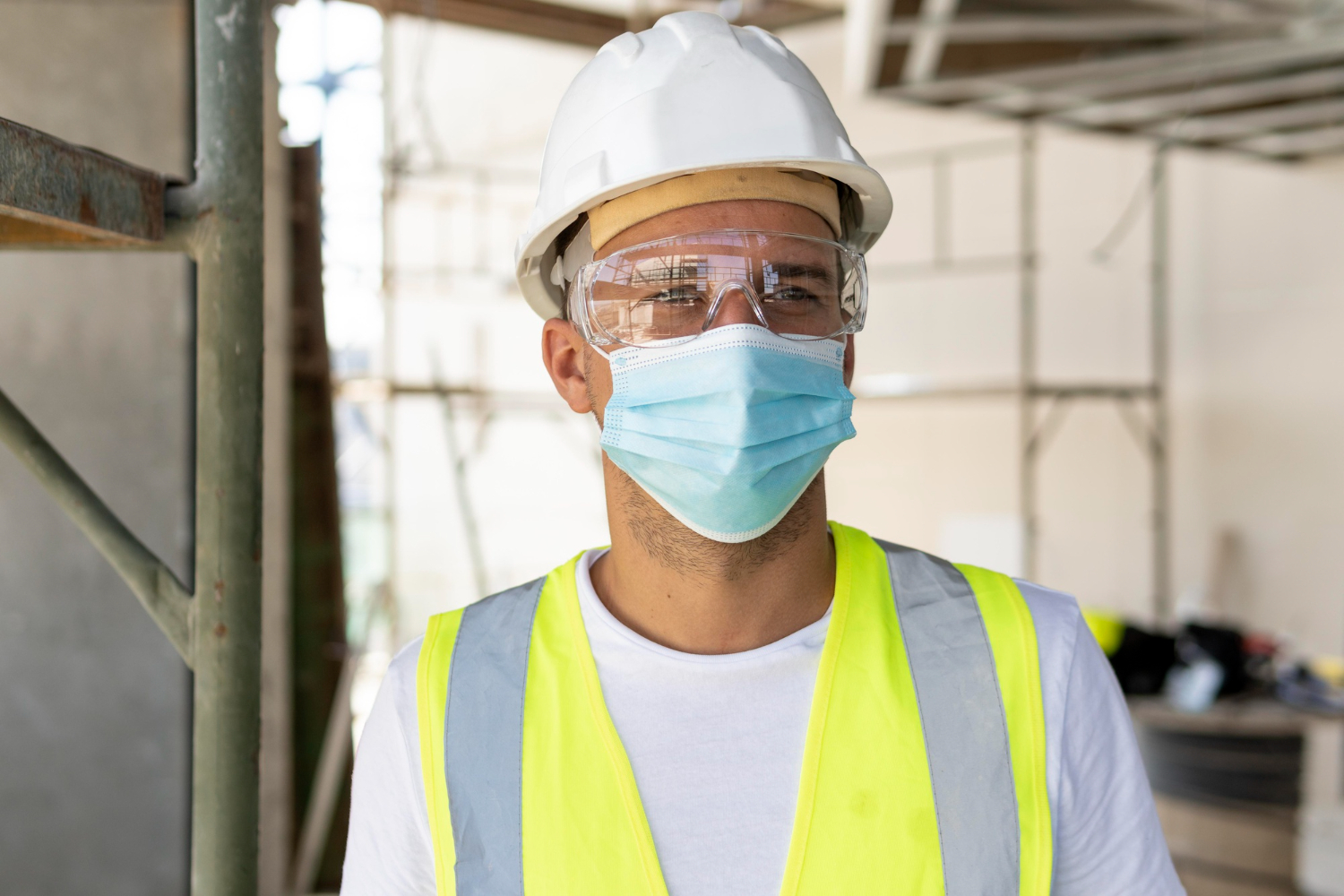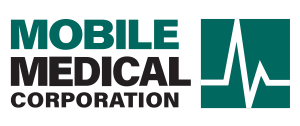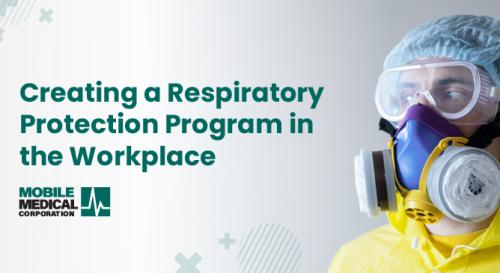Every year, thousands of workers are exposed to airborne hazards that can lead to serious health issues, including chronic respiratory diseases and acute lung injuries. Understanding the importance of respiratory protection is not just a safety measure but a crucial responsibility for employers across various industries.
In this blog, we will explore common respiratory hazards and introduce the concept of a Respiratory Protection Program (RPP), a comprehensive approach designed to protect employees from airborne contaminants. Join us as we break down the components of an effective respiratory protection program and discuss the legal and ethical implications of respiratory safety for employees everywhere.
Understanding Respiratory Hazards
Respiratory hazards in the workplace are a significant concern, and understanding the types of airborne contaminants can help in effectively managing these risks. Airborne contaminants can be broadly categorized into three types:
- Particulates: These are tiny solid or liquid particles suspended in the air. Common particulates include dust from wood or metals, fibers from textiles, and other microscopic debris from various industrial processes. These particles can be inhaled into the lungs, potentially causing damage depending on their size, shape, and chemical makeup.
- Gases and Vapors: These are airborne chemicals in their gaseous form and can be extremely hazardous when inhaled. Common examples include carbon monoxide, chlorine gas, and solvent vapors from paints or cleaning chemicals. The risk associated with gases and vapors depends on their concentration and the duration of exposure.
- Biological Hazards: These include bacteria, viruses, fungi, and other microorganisms that can be present in the air. Workers in healthcare settings, laboratories, or those involved in handling organic materials (like waste or plants) are particularly at risk of exposure to biological hazards.
Health Effects of Exposure to Respiratory Hazards
The health effects of exposure to respiratory hazards can vary widely, ranging from mild to severe, and are often categorized based on the duration of exposure: short-term and long-term effects.
Short-term effects often manifest quickly and may include symptoms such as coughing, wheezing, shortness of breath, and irritation of the eyes, nose, or throat. In more severe cases, immediate reactions can include respiratory distress and poisoning, which are heavily dependent on the type of contaminant involved.
On the other hand, long-term effects develop over prolonged exposure to certain contaminants and can lead to serious chronic respiratory conditions such as asthma, chronic obstructive pulmonary disease (COPD), or even lung cancer. These effects may not be immediately apparent, highlighting the critical need for ongoing monitoring and protective measures in the workplace.
Additionally, exposure to specific hazardous materials is connected to occupational diseases that are well-known within certain industries. For example, workers in the construction industry may develop silicosis from inhaling silica dust, while those in environments with aged building materials may suffer from asbestosis or mesothelioma due to asbestos exposure.
Identifying Risk Factors in Your Workplace
Effectively protecting workers from respiratory hazards requires a clear understanding of the specific risk factors present in your workplace.
Industry-specific risks vary greatly; for instance, woodworking operations are prone to dust exposure, chemical manufacturing might involve harmful vapors, and healthcare settings could expose workers to airborne pathogens.
Task-specific risks are associated with particular job activities. Tasks such as sanding or cutting materials can release hazardous particulates, whereas painting or chemical handling might expose workers to dangerous vapors. Similarly, environmental factors also play a crucial role in respiratory risk. Conditions like poor ventilation can amplify the presence of airborne contaminants, and high humidity levels may encourage the growth of mold or other biological hazards.
Legal Requirements and Standards for Respiratory Protection

Ensuring the safety of workers is not just a moral obligation for employers but also a legal requirement. Various regulations and standards govern respiratory protection in the workplace, helping to safeguard employees from harmful exposures.
OSHA Regulations for Respiratory Protection
The Occupational Safety and Health Administration (OSHA) created specific regulations under 29 CFR 1910.134, which detail the requirements for respiratory protection programs in workplaces. This comprehensive standard requires employers to provide appropriate respiratory protection when employees are exposed to contaminated air.
The regulations mandate a series of steps including hazard evaluation, respirator selection, employee training, fit testing, and medical evaluations.
NIOSH Certification for Respiratory Equipment
The National Institute for Occupational Safety and Health (NIOSH) plays a critical role in certifying respiratory protection equipment. Before any respirator is used in a workplace, it must meet the stringent certification standards set by NIOSH. This certification ensures that the equipment is capable of providing the necessary level of protection against airborne contaminants.
Employers must ensure that the respirators they provide bear the NIOSH certification mark, which confirms that they have been tested and approved for use.
Key Components of a Respiratory Protection Program
A comprehensive Respiratory Protection Program is essential for ensuring the safety and health of employees who face respiratory hazards in the workplace. An effective RPP consists of several key components, each designed to address specific aspects of respiratory protection. Here's a breakdown of what should be included.
Written Program with Clear Procedures and Policies
The foundation of an effective RPP is a written document that outlines the procedures and policies related to respiratory protection. This document should be readily accessible to all employees, clearly defining the roles and responsibilities within the program. It should also detail the specific circumstances under which the program is applicable, including emergency procedures and regular operations.
Appropriate Respiratory Protection Equipment
You might be asking: what is respiratory protection equipment, and how can I narrow down what's right for my employees? Choosing the right type of respiratory protection is crucial and depends on the specific hazards present in your industry.
There are mainly two types of respirators: air-purifying respirators (which remove contaminants from the air) and supplied-air respirators (which provide clean air from an external source). Each type includes several specific models, such as full-face, half-mask, disposable, or reusable.
The choice of respirator is influenced by several factors, including the type of hazard (chemical, particulate, biological), its concentration in the air, and the specific work conditions and duration of exposure. It's important to choose a respirator that is adequate for the level of hazard while being comfortable enough for the wearer to perform their duties.
Medical Evaluations for Employees
Before an employee is fitted for a respirator, they must undergo a medical evaluation to determine their ability to use a respirator safely. This evaluation helps to identify any health conditions that could be exacerbated by respirator use, ensuring that all employees are physically capable of performing their work.
Respiratory Protection Training
Employees should receive comprehensive training on the respiratory hazards they may encounter, the specific type of respirators they will use, and the procedures of the RPP. This training should be conducted at the start of their employment and periodically refreshed to ensure ongoing compliance and safety.
Employees should also be trained on how to put on, take off, adjust, and wear respirators. They will need to be educated on the maintenance of the equipment, which includes regular cleaning, storage, and inspection for wear and tear or damage.
Program Evaluation and Record-Keeping
Finally, an effective RPP requires regular evaluation to ensure it remains compliant with current standards and regulations. This involves reviewing and updating the program as necessary, based on feedback from employees, changes in workplace conditions, or new regulatory requirements.
Additionally, meticulous record-keeping must be maintained to document all elements of the program, including training dates, fit test results, and medical evaluations.
Implementing a Respiratory Protection Program

Successfully implementing a Respiratory Protection Program in the workplace involves several strategic steps. Each step is designed to create a program that is compliant with regulations and effectively protects employees from respiratory hazards.
Step 1: Assign Responsibilities
The first step in implementing an RPP is to assign clear responsibilities. This involves appointing a program administrator who will oversee the entire program and ensure that all aspects are carried out according to the plan.
The administrator is typically responsible for the development, implementation, and periodic updating of the program. Responsibilities should be assigned to supervisors who will enforce the program on a day-to-day basis, ensuring that all employees are following the proper procedures.
Step 2: Conduct a Workplace Hazard Assessment
A thorough hazard assessment is crucial to identify the specific respiratory hazards present in the environment. This assessment should be conducted by knowledgeable personnel and might include air quality testing or exposure monitoring.
The findings will guide the selection of appropriate respiratory protection equipment and other control measures. It's important that this assessment is conducted regularly or whenever a change in the workplace could potentially introduce new hazards.
Step 3: Select the Right Protective Equipment
Based on the results of the hazard assessment, the next step is to select the appropriate respiratory protection equipment. This selection must consider the type of hazard, its concentration, and the operations during which exposure occurs. Be sure to choose equipment that meets all required safety standards and is suitable for the conditions under which it will be used.
Step 4: Integrate the Program into Daily Operations
For a Respiratory Protection Program to be effective, it must be seamlessly integrated into daily operations. This means incorporating the use of respiratory protection into standard operating procedures and ensuring that all employees are familiar with these procedures. Integration also involves regular training sessions to make certain that employees know how to use the equipment correctly.
Step 5: Ensure Accessibility of Equipment and Resources
Finally, it is vital to confirm that all necessary respiratory protection equipment and resources are readily accessible to employees; this encompasses both the physical availability of the equipment as well as access to training materials, program documentation, and medical evaluation resources.
Equipment should be stored in locations that are easily accessible and known to all employees. Maintenance supplies are to be kept in adequate quantities to ensure that the equipment is always in good working condition.
OSHA Respiratory Protection Program with MobMed
At Mobile Medical Corporation, we are committed to ensuring the health and safety of your workforce through comprehensive respiratory protection programs. We provide a detailed process for respiratory evaluations, which is crucial for maintaining compliance with OSHA regulations and safeguarding employee health.
During on-site testing, MMC promises to employ the highest standards of personal protective equipment (PPE) and care practices. Our goal is to ensure the health and safety of everyone involved — not just during the testing process but moving forward into the future!
Breathe Easy with MobMed
To learn more about our respiratory protection testing and our ongoing commitment to worker welfare, reach out to an MMC representative today. Our team will help you create a workplace that is safe, compliant, and prepared to protect your most valuable asset — your employees!



